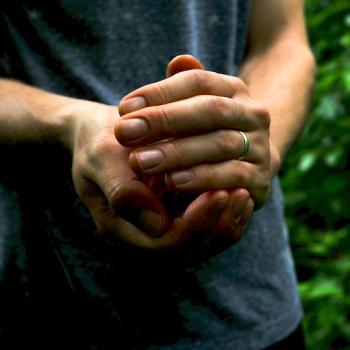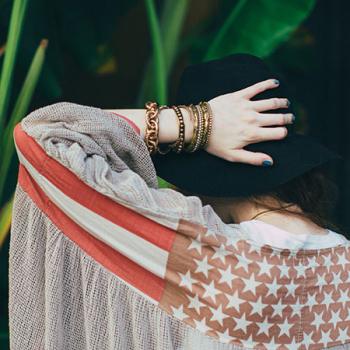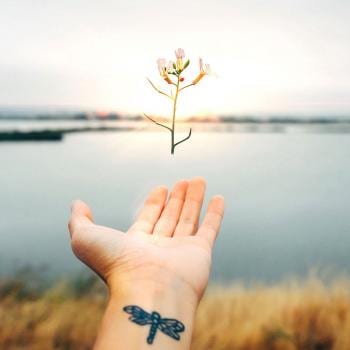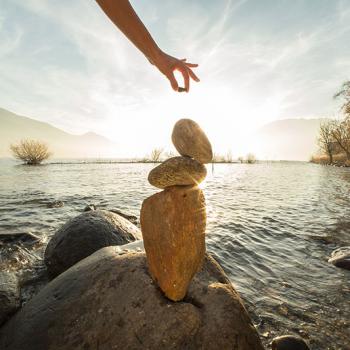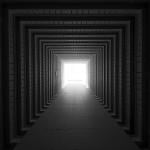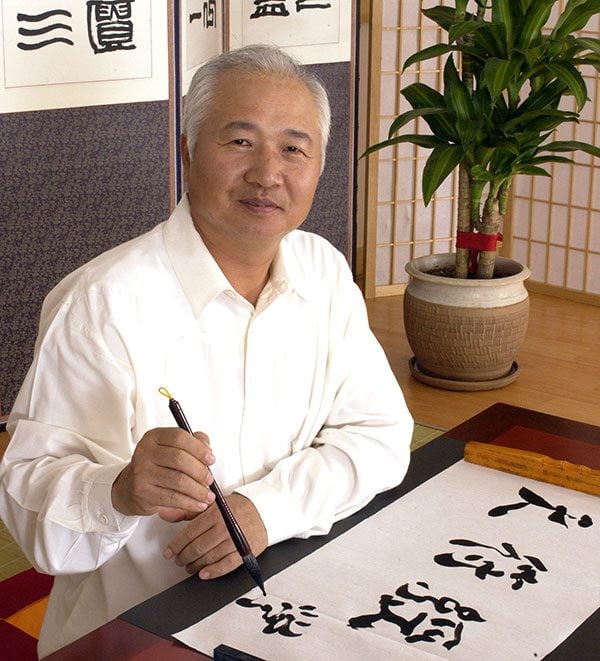
I believe you can do it, too, and you might just create some artwork that is more impressive than you expected. In certain higher-level Brain Education training workshops, I have practitioners writing all the letters of the ChunBuKyung, an ancient text that speaks of the nature of the cosmos. They use traditional Asian calligraphy materials, which consists of a bamboo brush, rice paper, and an ink pot and ink stick. It starts with the preparation of the ink, which is made by slowly swirling the ink stick in a bit of water in a circular motion in the ink pot. This takes a while and practitioners can prepare their minds and connect to energy while doing so. Then, they attempt to create the individual Chinese characters while following the flow of energy through the brush.
You don’t have to invest in these materials, though, if you want to experience this kind of calligraphic energy dance. After all, it can be very intimidating to use a brush to write if you are not used to it, especially using dark black ink on special paper. Instead, you can start with simpler materials, such as crayons first, and then move toward more traditional Asian materials. I don’t recommend Western-style calligraphy nib pens, though, since those pens are very angular and not suited to free-flowing movement (unless you are already very, very good at it). Crayons are an inexpensive possibility, and there are some markers on the market that mimic the feel of a brush. There are some fun brush sets these days that allow you write with a brush in water on special paper, which dries and disappears when you are done. You can also use inexpensive watercolor paint and brushes to begin, too. Here are my suggestions to begin:
- Prepare your materials. Get yourself some crayons or an inexpensive watercolor paint set and some large paper, such as a large newsprint pad. Place your implements, ready to use, on a table with plenty of room to move around. Also, if possible, find some instrumental music to play that is relaxing, yet upbeat.
- Connect energy. Sitting in front of your materials, take a few moments to relax and connect. It’s important to quiet your busy, judgmental mind, so breathe and empty your mind as much as possible. Remember that your goal is to follow energy, not to create technically perfect calligraphy, so just breathe and focus on connection.
- Try a crayon dance. Play the music you have selected. Then, using your crayons or your inexpensive brush, begin to draw on the paper. You are not drawing anything in particular; you’re just translating the feeling of the music onto paper. As the music changes, your motions will change. Try this with different kinds of music.
- Now, try it with just energy. When you start to feel comfortable while moving with the music, try feeling the music of the cosmos. To prepare, try some jigam exercises to help you connect to energy. Just as the music inspired you to move in certain ways, let the energy do the same.
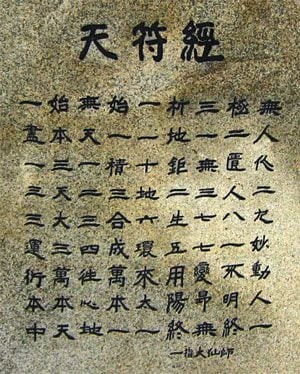
After a while, you might feel confident enough to try traditional Asian calligraphy implements. I recommend this because there is something special in the way that the traditional papers and brushes feel that will help you connect more deeply to energy. Also, the experience of preparing your own ink from an ink stick is like a deep meditation. Eventually, try some actual Chinese characters, something with meaning that inspires you. If you read something about the ChunBuKyung, you might even be inspired to try that. Writing actual characters like these develops perfect symmetry in the brain because this requires both the left-brain attention to the proper form of the letters and the right-brain flow of inspiration and connection.





